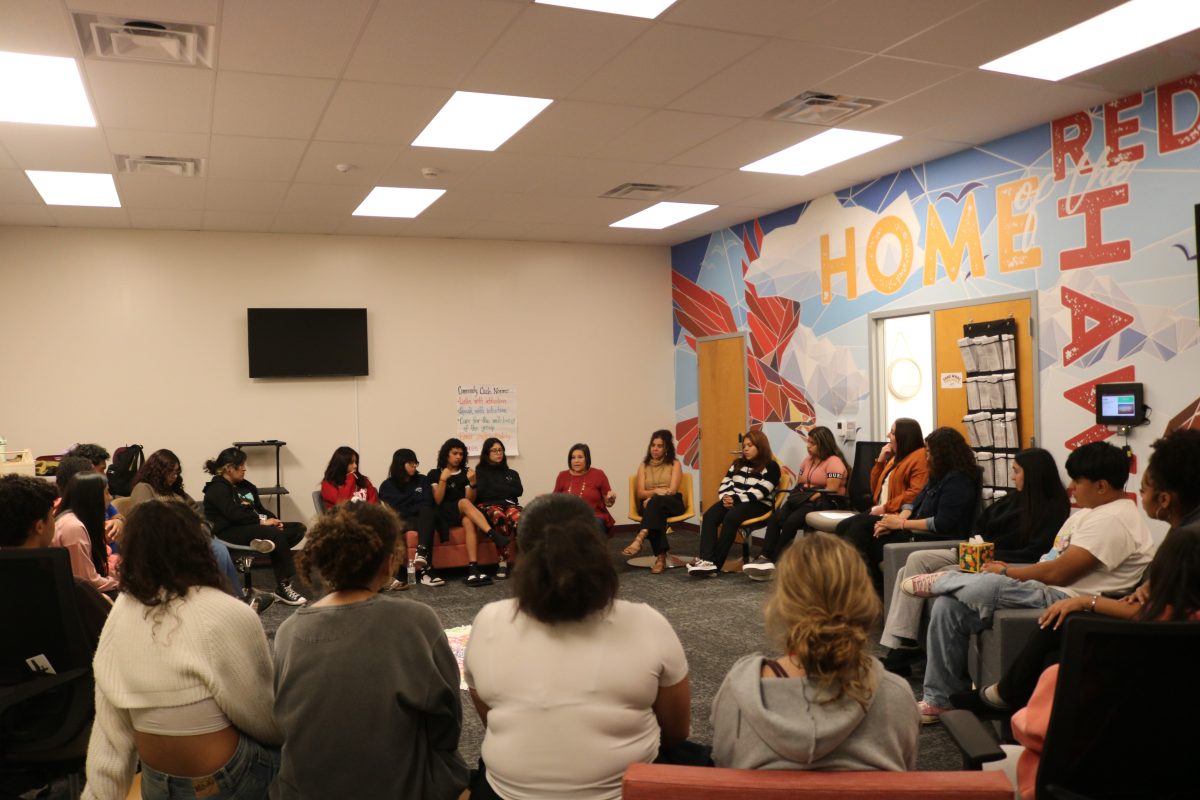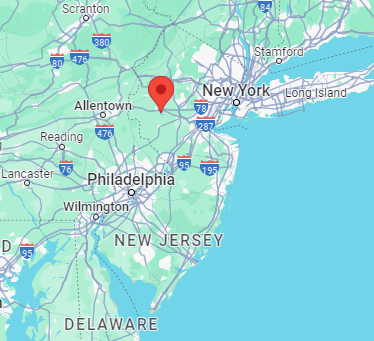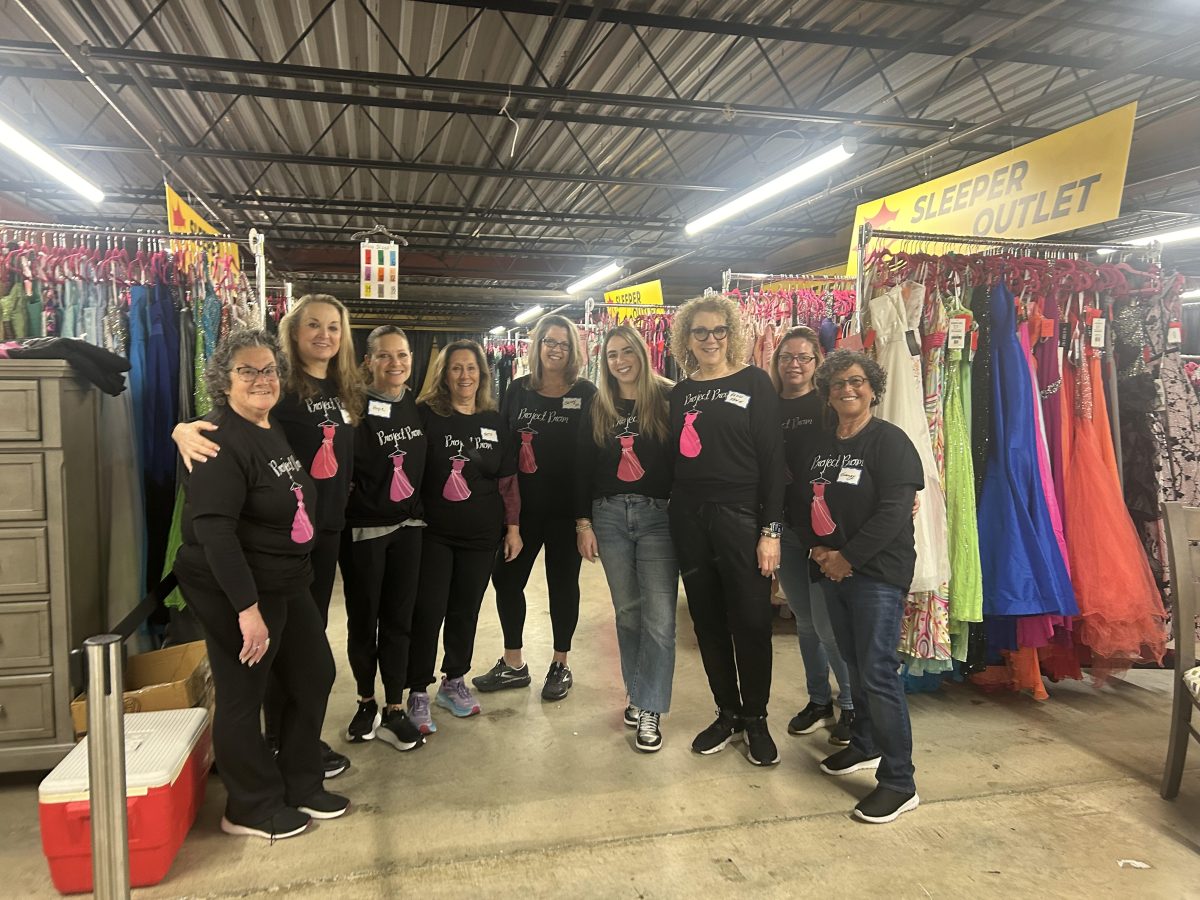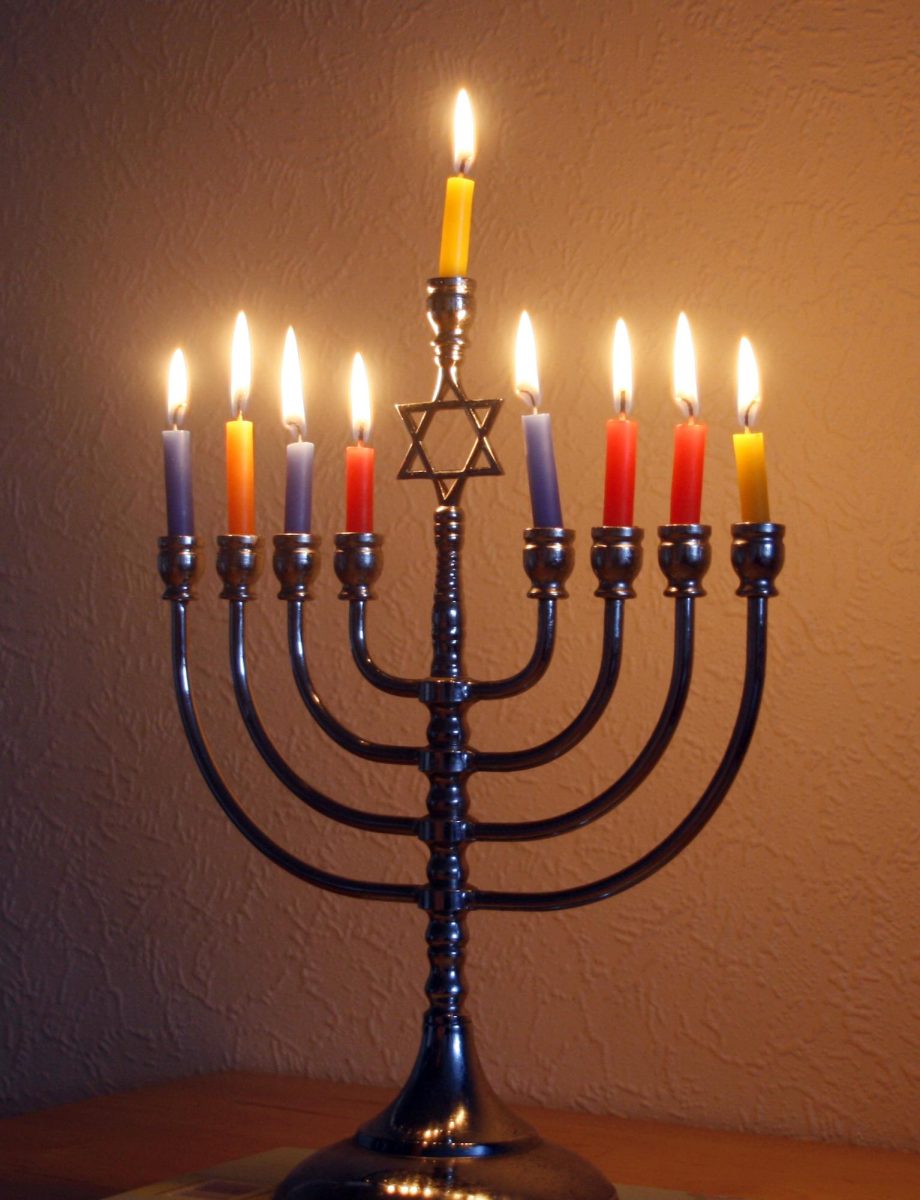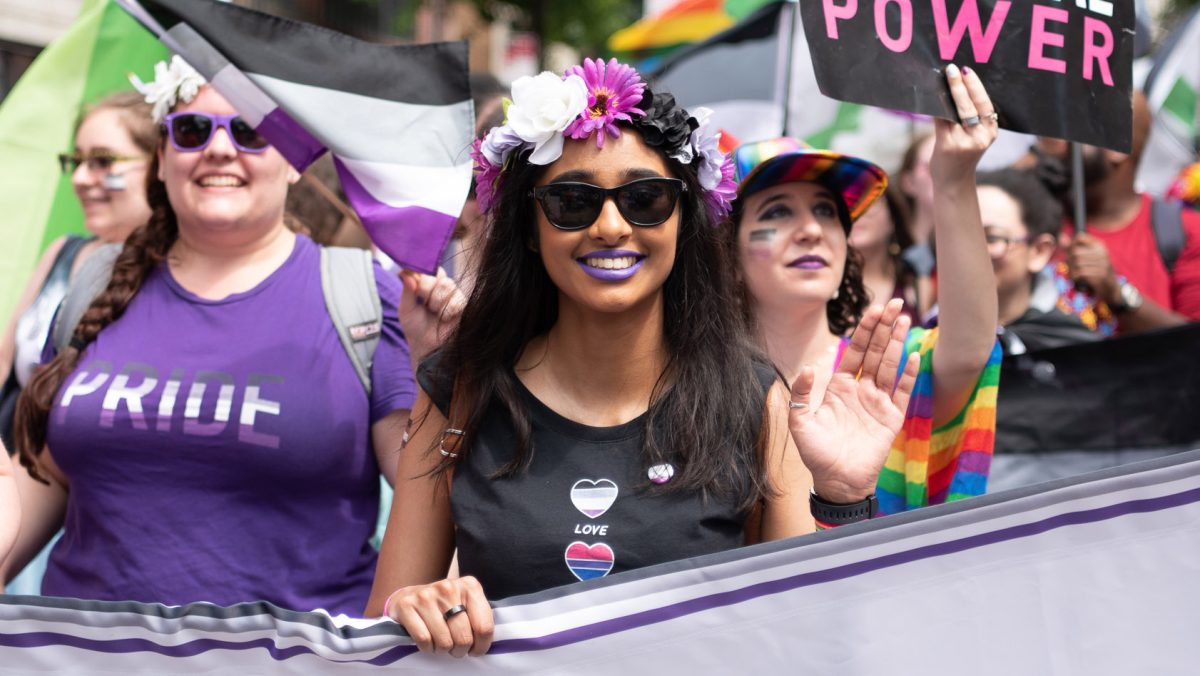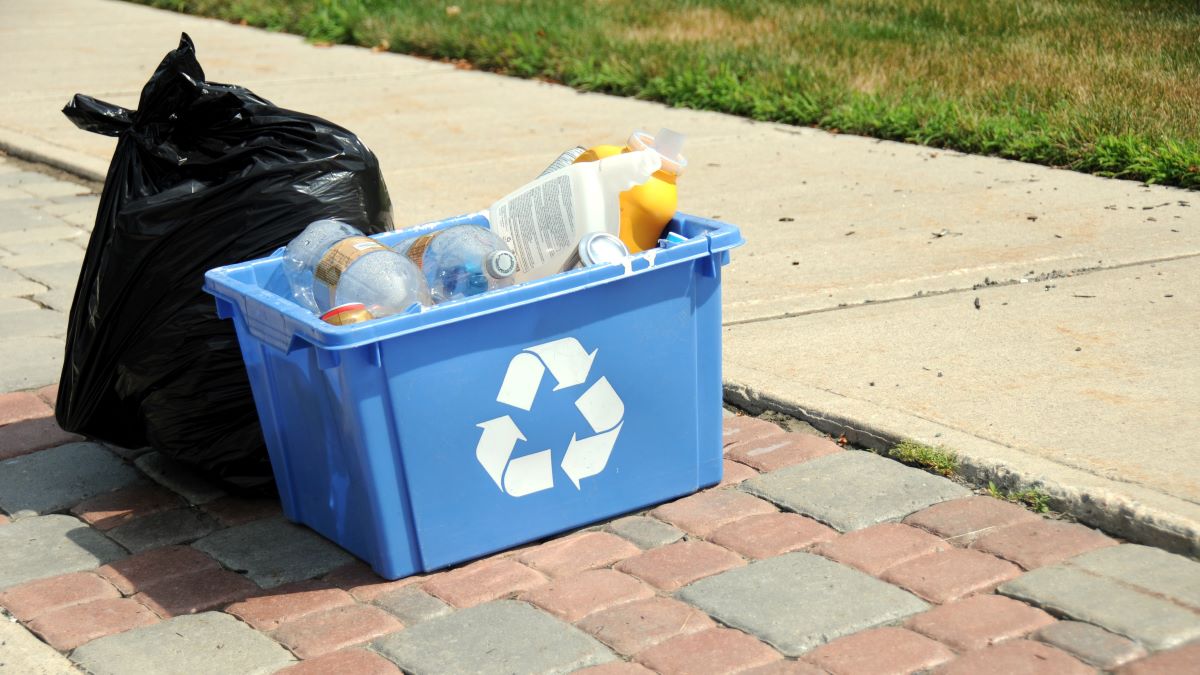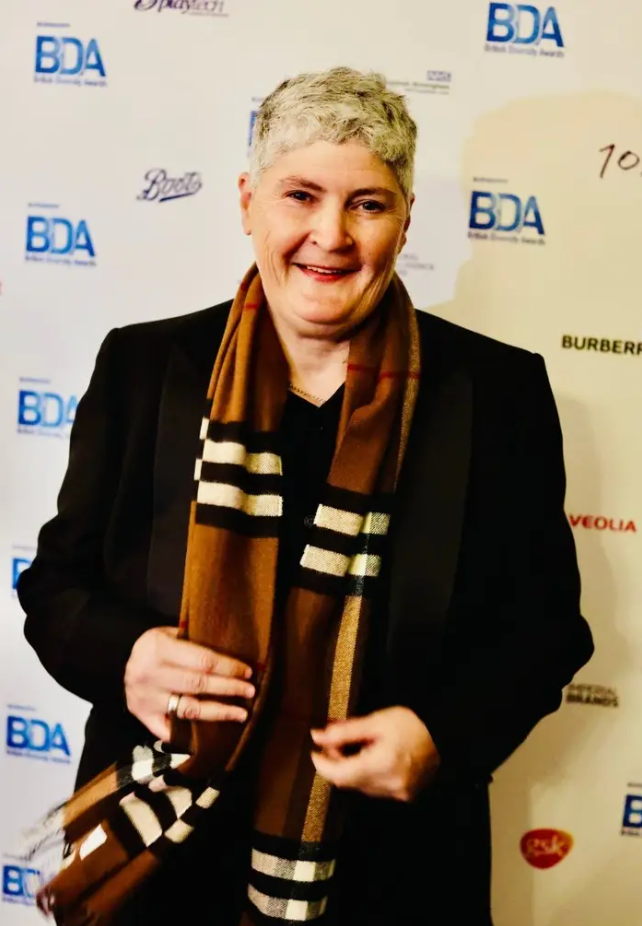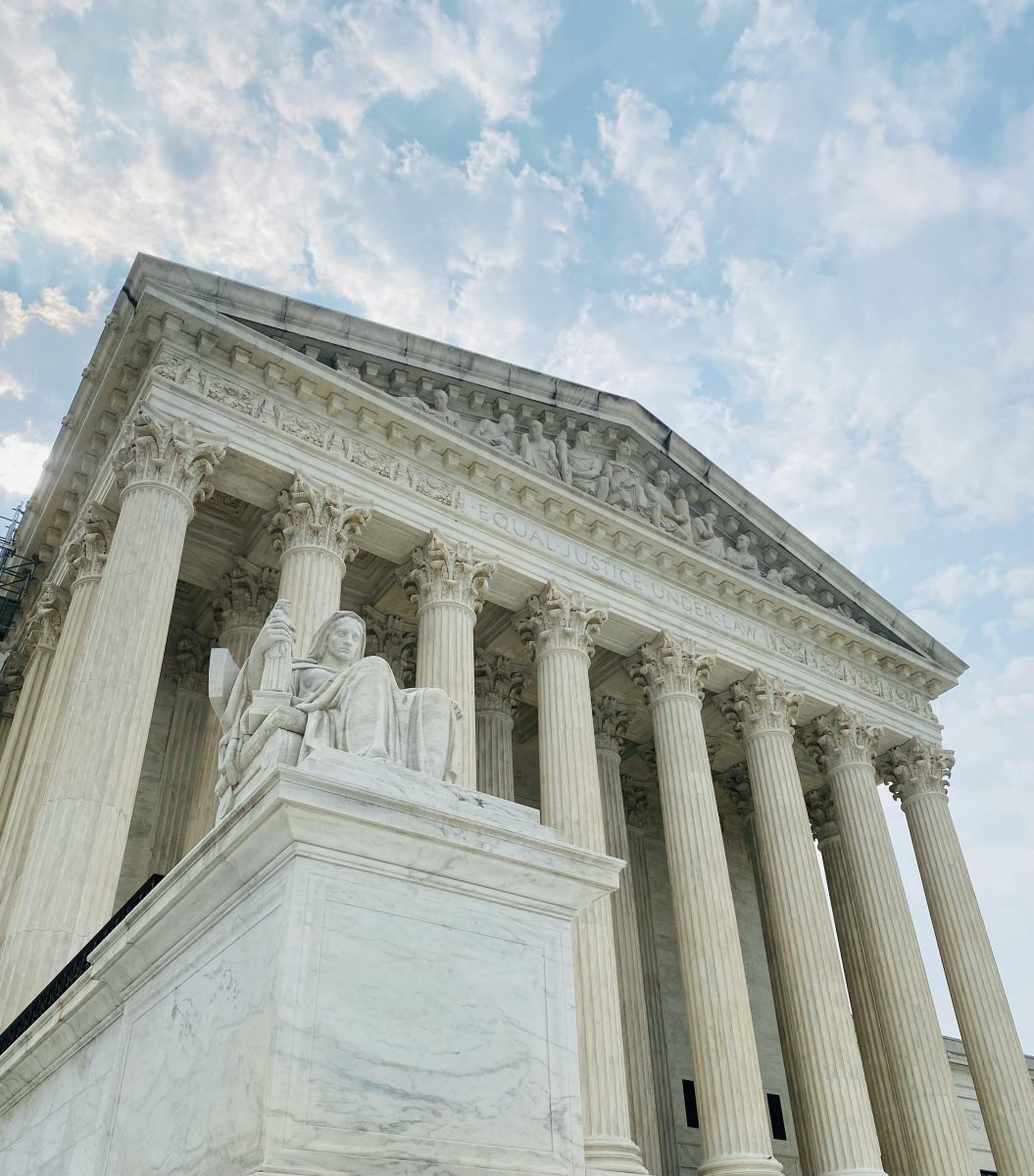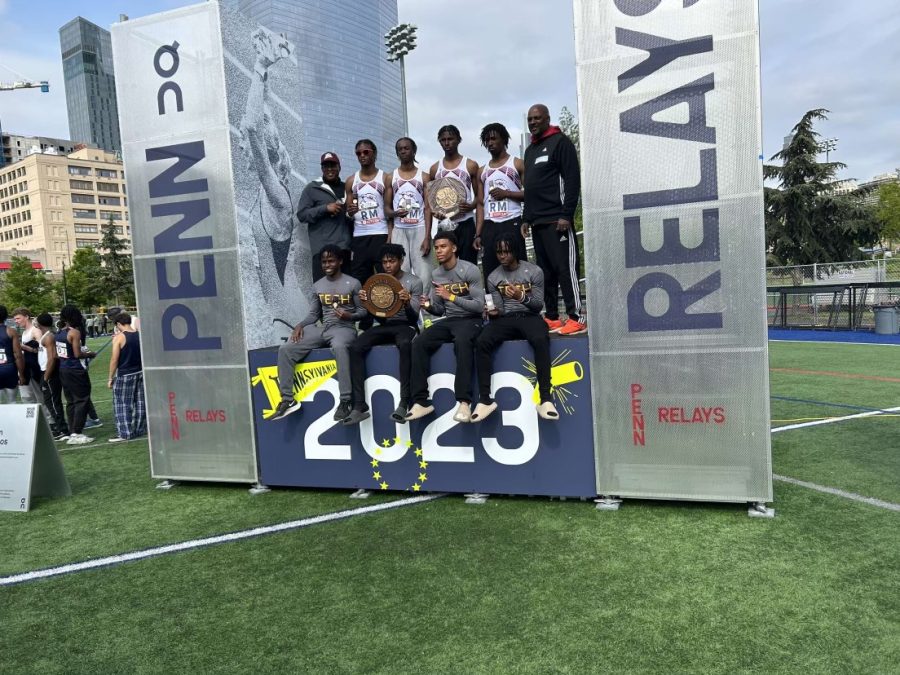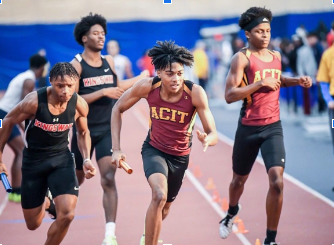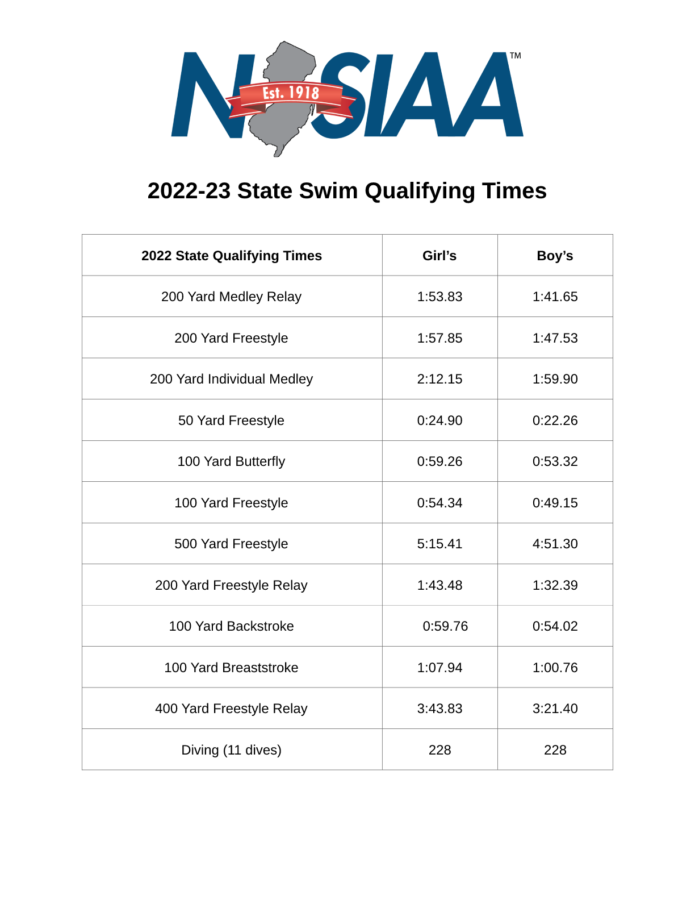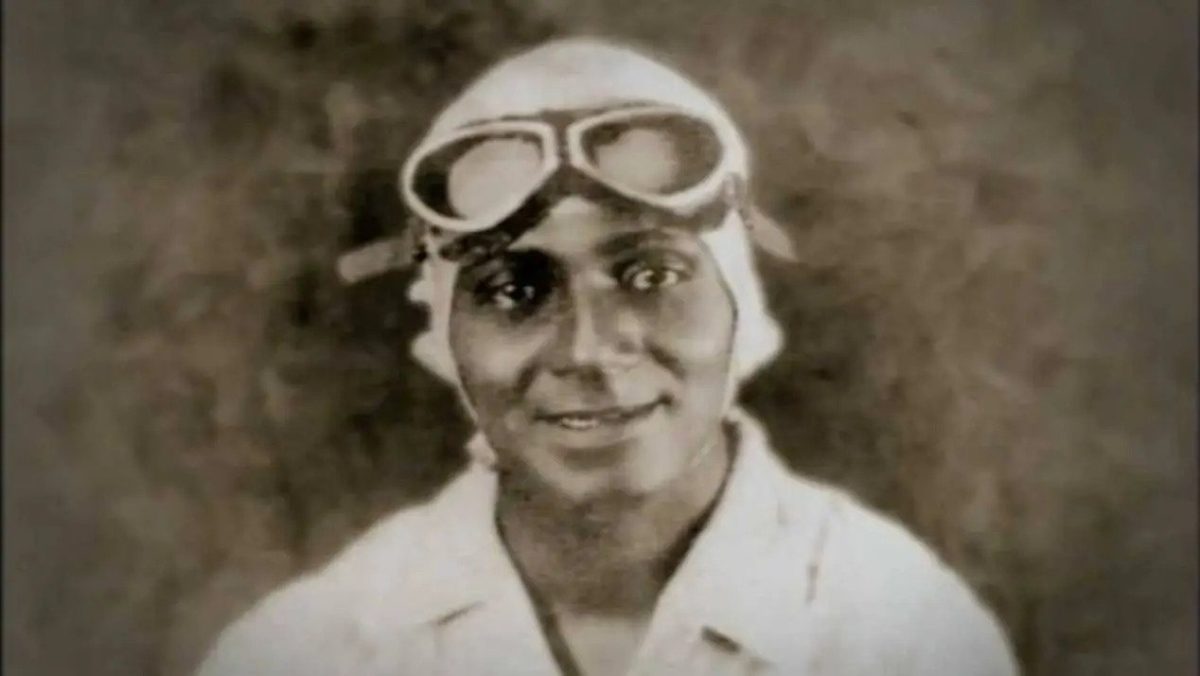Early Life
Charlie Wiggins was born in Evansville, Indiana, on July 15, 1897, to two loving parents, Sport and Jennie Wiggins. The Ku Klux Klan was rooted in the area, so the Wiggins family lived in a poor, segregated area called Bapisttown. For most of his childhood, Charlie and his three siblings would spend most of their time in Kentucky, as his father worked as a coal miner there. Times were tough for the family. Tragically, Charlie’s mother, Jennie Wiggins, died when he was only nine years old. Because of this, the family moved back to Evansville. His childhood ended abruptly as he needed to provide for his family. Charlie dropped out of school and worked as a shoe shiner downtown near a car repair shop. At this moment, his love for cars and racing began.
First Black Mechanic in Evansville
Benninghoff-Nolan garage was the car repair shop Charlie would set up outside of. Through the long hours of managing the stand and shining shoes, Charlie would learn how to diagnose vehicle troubles as they drove onto the premises. In 1917, the U.S. got involved in WWI. The military drafted the majority of the men in the shop, leaving the garage with more room for hire. The garage owner asked if Charlie could “turn a wrench”. Charlie was hired at first as an apprentice, quickly making his way to chief mechanic, overseeing and organizing the shop floor.
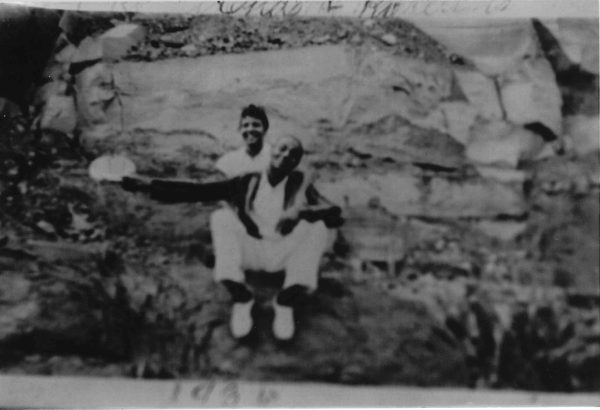
Moving to Indianapolis
Around the same time as his rapid promotion, Charlie met the love of his life, Roberta Sullenger, a fashion model with a bright future ahead of her. The couple got married in 1917, and three years later, they moved to Indianapolis for more freedom and opportunities. Charlie got a new job at an auto body repair shop in downtown Indianapolis. The owner, Lewis Sagalowsky, took Charlie under his wing and showed him the ways around the shop. With proper training, he was able to improve his automotive skills. Two years later, Lewis retired and sold the repair shop to Charlie for a good deal. Charlie became the city’s best mechanic soon after. The garage slowly became a place where young men from all backgrounds could gather for their love of cars.
Indianapolis 500 Rejection
The Indianapolis 500 is an annual race car event that started in 1911. The popularity of the event skyrocketed and Charlie wanted to get involved. Ever since Charlie was a kid, he dreamed of racing in the big leagues. With the resources and the garage to do it, Charlie worked on a special project called the “Wiggins Special”. During his off time, he created a homemade race car with parts found in the junkyard, which was inspired by European Grand Prix cars. In 1920, Charlie registered for the Indy 500 but was denied due to the color of his skin.
His niece, Rochelle Wiggins-Morton, spoke to WishTV about the setbacks Charlie has faced. “The KKK people got wind of it because he wasn’t being quiet about this and [they] started doing little tricks and things to discourage him, but all they did was make him more determined than ever that he was going to race at the Motor Speedway.”
The Colored Speedway Association
Four years later, in 1924 The Colored Speedway Association was formed. This brand-new association was funded by black entrepreneur, William Rucker. With the encouragement of the league started a new 100-mile race, the Gold and Glory Sweepstakes. The race was targeted at black racers. The first race took place in India State Fairgrounds on July 4th, 1924. The event became the largest sporting event at the time for African Americans with 12,000 spectators. The winner of the race was Malcolm Hannon with an average speed of 64.5 mph.
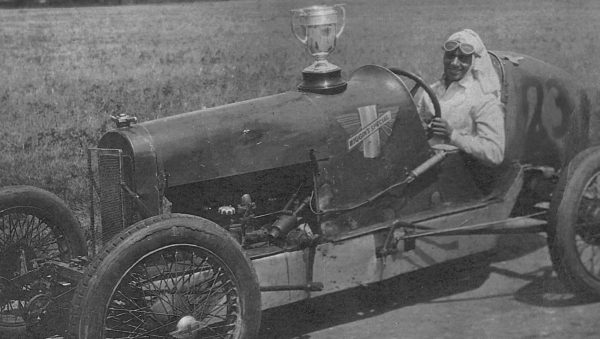
Wiggin’s Underdog Story
Charlie was not able to compete in the first Gold and Glory Sweepstakes. William was worried that Charlie wouldn’t be able to control his vehicle because he was 5-foot-6 and only 100 pounds. Charlie joined the year later with little to no success. In the race of 1926, Charlie was able to match the speed of the racers in the lead however a blown engine caused the DNF (Did Not Finish) of his first ever race. This didn’t stop Charlie as he won Gold and Glory Championships three years in a row, attaining his nickname, “The Negro Speed King”.
Resources: https://www.wishtv.com/news/local-news/finding-indiana-the-story-of-charlie-wiggins-the-negro-speed-king/ https://www.automotivehalloffame.org/honoree/charlie-wiggins/ https://www.blackpast.org/african-american-history/wiggins-charlie-1897-1979/ https://www.hagerty.com/media/automotive-history/charlie-wiggins-the-jackie-robinson-of-american-motorsports/ https://en.wikipedia.org/wiki/Indianapolis_500 https://www.petersen.org/blog/charlie-wiggins-racer https://www.courierpress.com/story/news/local/2018/07/01/history-lesson-race-car-driver-charlie-wiggins-evansville-indiana-african-american-gold-glory-sweeps/742712002/ https://www.automotivehalloffame.org/stories/charlie-wiggins/
